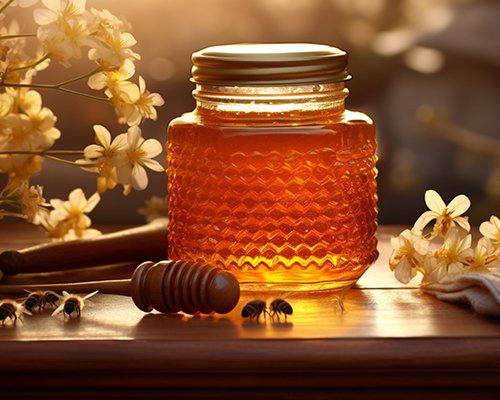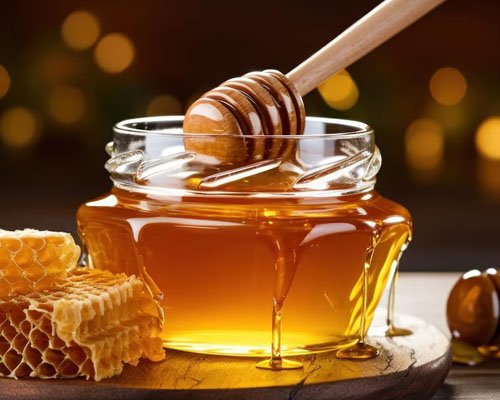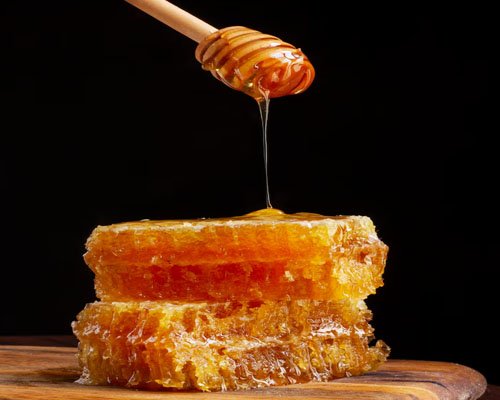Honey



Honey
Honey is a sweet and viscous substance made by several species of bees, the best-known of which are honey bees.
Honey is made and stored to nourish bee colonies. Bees produce honey by gathering and then refining the sugary secretions of plants (primarily floral nectar) or the secretions of other insects, like the honeydew of aphids. This refinement takes place both within individual bees, through regurgitation and enzymatic activity, and during storage in the hive, through water evaporation that concentrates the honey's sugars until it is thick and viscous.
Honey bees stockpile honey in the hive. Within the hive is a structure made from wax called honeycomb. The honeycomb is made up of hundreds or thousands of hexagonal cells, into which the bees regurgitate honey for storage. Other honey-producing species of bee store the substance in different structures, such as the pots made of wax and resin used by the stingless bee.
Honey for human consumption is collected from wild bee colonies, or from the hives of domesticated bees. The honey produced by honey bees is the most familiar to humans, thanks to its worldwide commercial production and availability.
The husbandry of bees is known as beekeeping or apiculture, with the cultivation of stingless bees usually referred to as meliponiculture.
